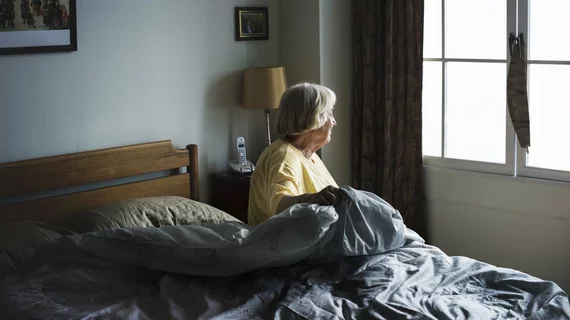Patients who survive an aortic dissection may not get the comprehensive post-surgical follow-up care they need, according to a new study published in Journal of the American College of Cardiology. This can make them susceptible to a variety of complications later in life.
In the study, researchers analyzed 888 patients who survived urgent aortic dissection repair between April 2005 and March 2018.
Seventy percent of patients were men, and the mean patient age was 61 years old. Eighty-seven percent of patients lived in urban areas.
“What we found in our study was that almost no one was receiving guideline recommended imaging surveillance (GRIS) after dissection,” Jennifer Chung, MD, a cardiovascular surgeon with the Peter Munk Cardiac Centre at Toronto General Hospital, said in a prepared statement “These patients are at ongoing risk for aortic complications, reintervention, and death. What’s particularly alarming is that these risks do not subside over time.”
To address the issue, specialists have established a dedicated aortic clinic at Toronto General Hospital designed to provide patients with the proper follow-up care.
Chung asserted that patients who have had aortic dissection repair are often “orphaned” in follow-up care and are uncertain of who will manage their ongoing care. Imaging surveillance is recommended after one month, six months and 12 months, and then annually, after aortic dissection repair. However, just 14% of patients appear to follow these guidelines.
The study's authors noted that long distances between where a patient lives and the referral center where they had their surgery, combined with misconceptions surrounding the durability of the repair, could be contributing factors to the dearth of consistent follow-up care.
Also, they reported, the post-surgery mortality rate was 4% after one year, 14% at five years and 29% at 10 years. Reintervention (urgent or elective surgery) was seen in 3% of patients after one year, 9% after five years and 17% after 10 years.
The study also revealed that GRIS fell to 21 percent just two years after surgery. After eight years, it was less than two percent.
Read the full analysis here.
